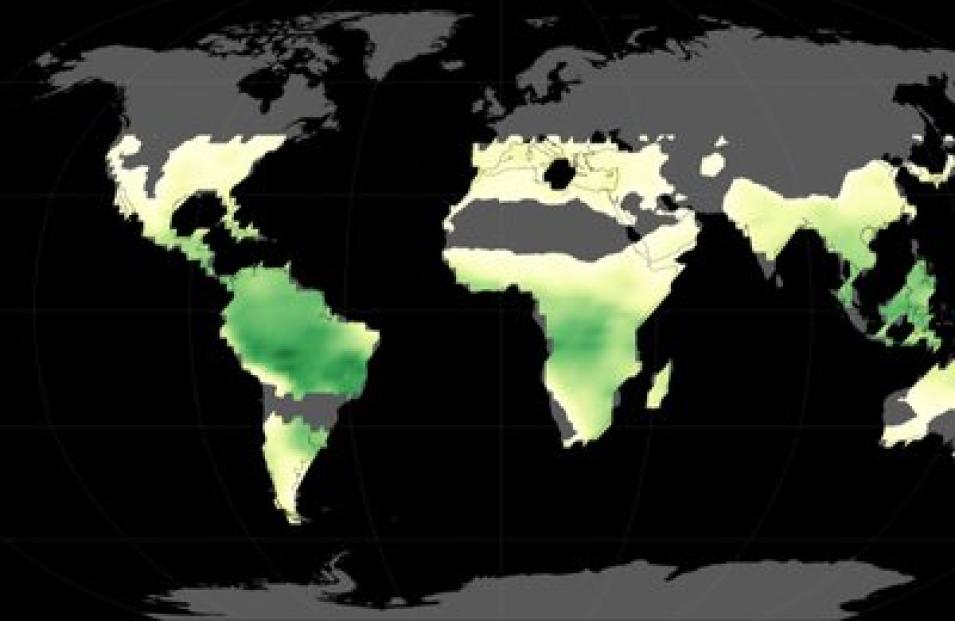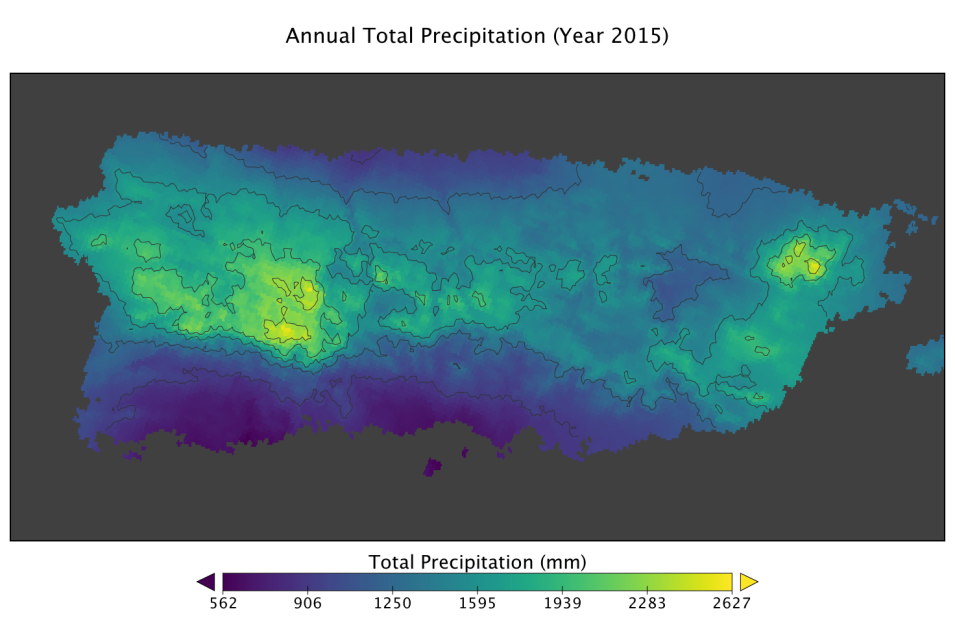Dr. Anthony P. Walker, Senior Scientist and Leader of the Ecosystem Processes Group; Environmental Sciences Division, Oak Ridge National Laboratory, Oak Ridge, Tennessee
Research Interests: The impact of increased atmospheric carbon dioxide (CO2) on terrestrial ecosystems, from photosynthesis through longer term ecosystem scales, and how these ecosystem responses interact with the Earth System as a whole. Bringing together data, quantitative computer models, and scientific experts from diverse fields to provide robust understanding of how complex ecosystems cycle carbon, water, and nutrients.
Research Highlights: During the last 650,000 years, the Earth experienced seven cycles of glacial advance and retreat, which is to say seven periods of cooling and warming. Then, about 11,700 years ago, at the end of the last ice age, the Earth entered an interglacial period, and the modern climate era began. Most of these climatic fluctuations have been attributed to small variations in Earth’s orbit that changed the amount of solar energy reaching our planet.
This is not what’s happening in the current era of climate change. According to information from NASA’s Global Climate Change website, Earth’s current warming trend is very likely to be the result of humanity’s industrial activity, which has increased levels of atmospheric carbon dioxide (CO2), a heat-trapping greenhouse gas, 47 percent (from 280 parts per million to 414 parts per million) during the past 150 years.
This increase in atmospheric CO2 has exacerbated the "greenhouse effect," the planetary warming that results when the atmosphere traps the heat radiating from Earth into space. In turn, this enhanced greenhouse effect has been associated with a range of climatological impacts observed in the United States, such as longer growing seasons, more severe storms with increased precipitation, loss of sea ice, and more frequent and intense drought and heat waves. The effects of climate change are expected to continue throughout this century and beyond. However, the severity of its effects over the next few decades will largely depend on the amount of global greenhouse gasses emissions and how Earth’s natural systems respond.
The study of that response is the focus of Walker and his colleagues in the Oak Ridge National Laboratory’s Ecosystem Processes Group. The Group’s work aims to develop a more thorough understanding of the spatial and temporal dynamics of Earth’s vital and changing ecosystems through ecosystem-scale manipulation experiments, observations, and integrated modeling. This ambitious approach has resulted in some of the most detailed studies of ecosystem responses to increasing atmospheric CO2, increasing temperature, shifting rainfall patterns, and other environmental changes to date.
Walker’s most recent work has investigated the use of terrestrial ecosystem models integrated with datasets across spatial scales — from leaves, to ecosystems, to entire landscapes — to gain a systems-level understanding of ecosystem response to global environmental change.
The datasets Walker and his colleagues use come from a variety of sources, including NASA’s Oak Ridge National Laboratory Distributed Active Archive Center (ORNL DAAC), which was established in 1993 by an interagency agreement between NASA and the Department of Energy (DOE). ORNL DAAC manages, archives, and distributes data, tools, and resources in NASA’s Earth Observing System Data and Information System (EOSDIS) collection pertaining to terrestrial biogeochemistry, ecology, and environmental processes — information critical to understanding change within Earth's biological, geological, and chemical components.
Among the ORNL DAAC datasets used by Walker are Level-2 Daily Solar-Induced Fluorescence 1995-2003, satellite-derived chlorophyll estimates in terrestrial ecosystems; Harmonized Global Land Use for Years 1500 -2100 (Version 1), a single consistent, spatially gridded set of land-use change scenarios for studies of human impacts on the past, present, and future Earth system; and Daymet, daily gridded estimates of seven weather parameters on a 1 km x 1 km gridded surface over continental North America, Hawaii, and Puerto Rico.
In 2017 Walker published a study in the journal New Phytologist that evaluated four plant trait scaling hypotheses on their ability to predict global distributions of terrestrial photosynthesis rates and how they affected measurements of global gross primary production in the Sheffield Dynamic Global Vegetation Model (SDGVM), which is used to investigate the response of vegetation to environmental change on a global scale.

